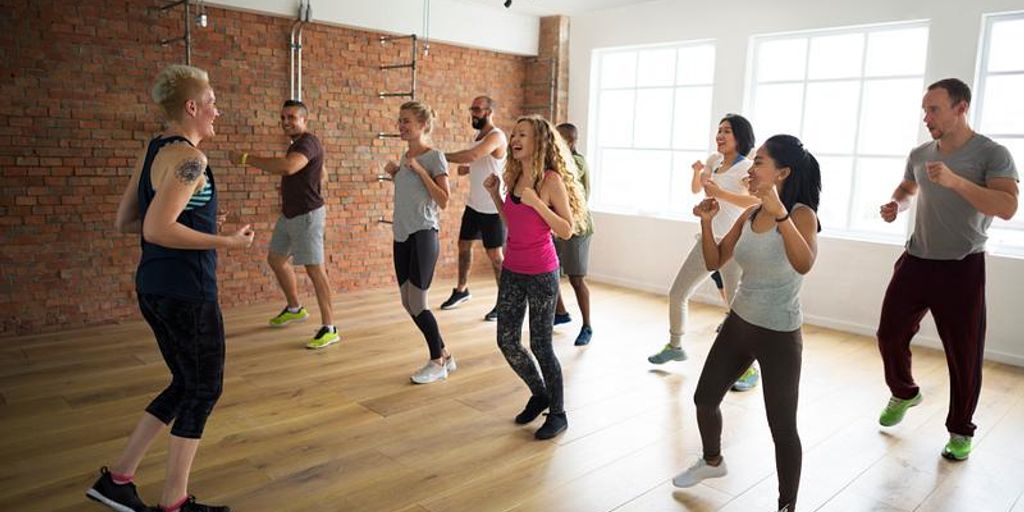
Understanding the Basics of Personal Movement

What is Personal Movement?
Personal movement encompasses all forms of physical activity that involve moving the body to enhance physical fitness, mental clarity, and overall well-being. It’s about finding joy in motion and customizing fitness routines to meet personal health goals.
The Science Behind Movement and Wellbeing
Engaging in regular physical activity is scientifically proven to boost mood, enhance brain function, and improve sleep quality. It’s essential for maintaining a balanced lifestyle and achieving long-term health.
Types of Movement: From Yoga to Dance
Movement isn’t one-size-fits-all; it ranges from structured exercises like yoga and dance to more fluid activities such as walking or stretching. Yoga, in particular, promotes holistic health and can be adapted to suit various fitness levels, making it accessible for everyone.
Incorporating Movement into Your Daily Routine

Simple Exercises for Home and Office
Incorporating movement into your daily life doesn’t require a gym membership or expensive equipment. Start with simple exercises like stretching, standing from your desk periodically, or using a small set of weights. These activities can significantly increase your daily activity levels and improve your health.
Making Time for Movement in a Busy Schedule
Finding time for exercise can be challenging, but it’s crucial for maintaining your wellbeing. Schedule short breaks throughout your day for quick walks or stretching. This not only boosts your physical health but also clears your mind, enhancing productivity.
The Role of Technology in Tracking Movement
Modern technology offers various tools to help track and enhance your movement. Fitness trackers and apps can monitor your steps, active minutes, and even provide reminders to move. This feedback can be incredibly motivating and help you make more informed decisions about your physical activity.
The Mental and Emotional Benefits of Movement

Stress Reduction and Emotional Release
Engaging in regular physical activity is a proven method to reduce stress and promote emotional stability. The rhythmic motions of activities like running, swimming, or even walking can serve as a form of moving meditation, clearing the mind and easing tension. This not only helps in managing daily stress but also enhances overall emotional health.
Boosting Your Mood with Physical Activity
Physical activity triggers the release of endorphins, often referred to as the ‘feel-good’ hormones. This biochemical process is crucial for boosting your mood and combating feelings of depression and anxiety. A consistent exercise regimen can lead to long-term improvements in mood and emotional well-being, making it a vital component of a balanced lifestyle.
Mindfulness and Movement: A Holistic Approach
Incorporating mindfulness into your movement practices can amplify the mental benefits. Techniques like yoga and tai chi combine physical movement with focused breathing and mental engagement, fostering a state of mindfulness that contributes to better mental health. This holistic approach not only improves physical fitness but also enhances mental clarity and emotional resilience.
Community and Social Aspects of Movement

Group Fitness Classes and Their Advantages
Group fitness classes offer a unique blend of social interaction and physical activity that can enhance your overall health. Participants often experience a sense of community and motivation that is hard to achieve when exercising alone. The collective energy in a group setting can significantly boost your workout intensity and enjoyment. Popular classes include spinning, Pilates, and Zumba, each providing a fun and engaging way to stay fit.
Building Connections Through Movement
Movement isn’t just about staying physically fit; it’s also a powerful tool for social connection. Engaging in activities like dance or sports allows individuals to meet new people and strengthen bonds with others. This social aspect can be particularly beneficial for mental health, providing a sense of belonging and support. Activities that combine movement with social interaction are key in building lasting relationships and community ties.
The Impact of Cultural Dances and Traditions
Cultural dances and traditions hold a significant place in the social fabric of many communities. These dances are not only a form of expression but also a way to pass down history and values from one generation to the next. Engaging in cultural dances can provide a deep sense of identity and community involvement. It’s a beautiful way to celebrate heritage and learn about different cultures, enhancing both personal and communal wellbeing.
Conclusion
In conclusion, embracing the power of personal movement is not just about physical health; it’s a transformative journey that enhances every aspect of life. Whether you’re a seasoned athlete or just starting out, the benefits of incorporating movement into your daily routine are undeniable. From boosting mental clarity and emotional well-being to fostering a deeper connection with oneself and the world around us, the act of moving is fundamentally life-enhancing. So, lace up your shoes, stretch out those limbs, and step into a more vibrant, energetic, and joyful life. Remember, every step counts towards a healthier, happier you!
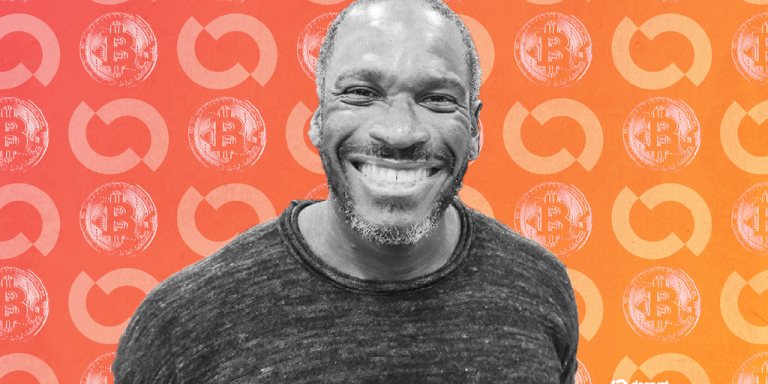
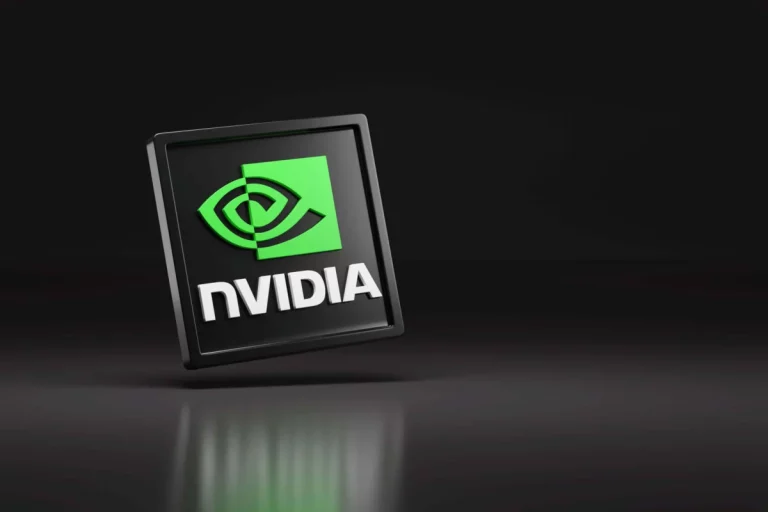
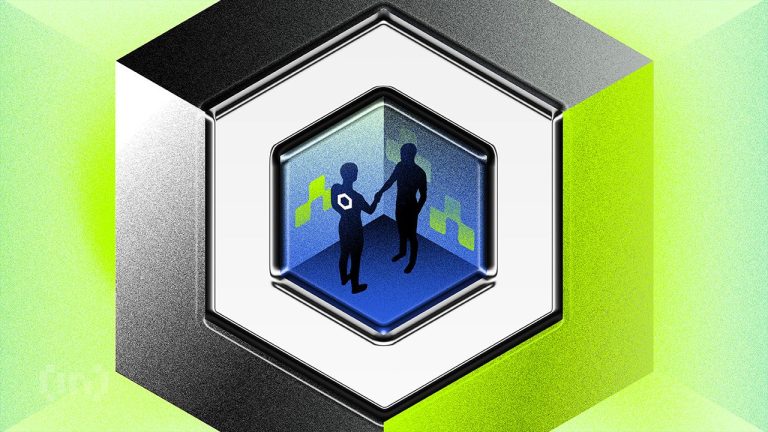
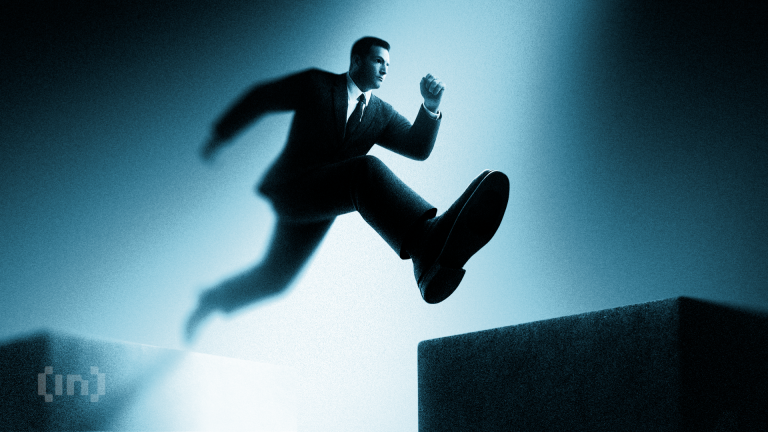



1 thought on “Exploring the Power of Personal Movement: A Guide for Everyone.”
Comments are closed.